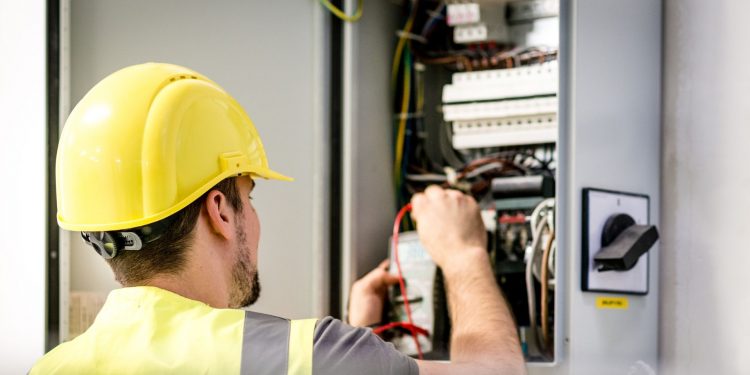Since there are so many similar terms in the electrical industry, even experts sometimes get confused. One example of such technical terms is a lightning arrester and a surge arrester. Though both of these pieces of equipment ensure the safety of your appliances, they are quite different from one another. One basic distinction between both of these is that a lighting arrester is installed in outdoor settings while a surge arrester is installed indoors. Please read this blog to the end in order to get a clear picture of what these types of equipment are and how they differ from one another.
An Overview of Surge Arrester
A surge arrester can be defined as a device which is used to protect electrical equipment from electrical surges. It protects the devices from unpredictable voltages caused by faults, short circuits, sparks etc. A surge arrester is capable of preventing the continuous flow of electricity and directing the current to the ground. These are not capable of absorbing lighting; rather, it diverts the lighting and limits voltage to protect the equipment.
There are many types of voltage surges that can pose a threat to electrical equipment. These threats could be lighting, voltage surges, switching surges etc. Temporary overvoltage occurs when a single phase has a ground fault, causing the current to climb and persist until the fault is corrected.
Switching surges are overvoltages caused by changes in the operational circumstances for the main voltage surge. Switching surges are the accumulation and subsequent release of energy.
An Overview of Lighting Arrester
A lighting arrester can be described as a device that protects electrical equipment from unpredictable lightning strikes with high voltage transient surges. These are installed outdoors to prevent the harmful effects of lighting spikes. A lighting arrester protects the equipment by diverting the high-voltage surges directly to the ground.
Furthermore, these systems are shielded from direct lightning hits by using earthing or ground wire. Lighting arresters are installed on transmission poles and buildings to provide a safe path to the ground for the current.
The working principle of lightning arresters is rather simple. After passing through the conductor, the voltage surge arrives at the arrestor, where it was mounted. It briefly disrupts the arrestor’s insulation, allowing the voltage spike to flow toward the ground.
The Differences Between Lighting and Surge Arrester
Lighting Arrester | Surge Arrester |
It is installed in outdoor settings | It is installed in indoor settings |
Ensures protection primarily from lightning strikes | Ensures protection from voltage surges, electrical faults, transient voltage etc. |
It cannot be used as a surge arrester | It can also be used as a lighting arrester |
Metal oxide, electrolyte, multi gap, horn, sphere, and rod are the various types of lightning arresters | Low-voltage, distribution, neutral protection, fibre tube, network, signal, direct current, and stations are all types of surge arresters. |
Lightning arresters work by directing extra power to the ground rather than through electrical equipment while allowing normal electricity to continue along its course. | Surge arresters capture surges and direct excess energy to the ground wire. |
Joins Hands with Professionals in the Field of Electricity
Lighting and surge arresters play a critical role in protecting expensive electrical equipment. The main difference lies in the way they operate. To determine which of these you need, you should first outline the type of protection you require, after which you should get in touch with experts who can tell you which type best suits your needs. It is critical to note that both of these are extremely critical in homes and businesses to ensure safety. Therefore no one should avoid or compromise when it comes to the installation of these protective devices.













